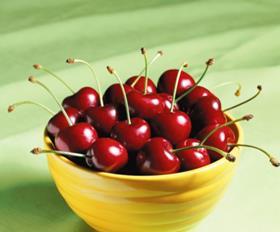
California’s southern San Joaquin cherry crop is setting up for extremely light production, with yields expected to be down by as much as two-thirds from last year’s levels, according to growers.
Fruit-set for the main varieties planted in the region – Brooks and Tulare – appear to be far below last year’s levels, with only the Coral variety looking anywhere near normal.
“The Southern San Joaquin cherry deal is turning out be a bit of a disaster,” Michael Jameson of Tristone International told Fruitnet.com. “The Brooks set is at best 30 per cent of normal, while Tulare is somewhere between 40 to 50 per cent. Corals are looking better, but where we had over 3m cartons in the south last year, we’re likely to see only about a million (cartons) this season. Fortunately, the Bing crop in the north looks to be much better.”
Growers have diverging opinions as to the reasons for the shortfall.
“The industry may have screwed things up with the timing of its dormancy spray applications,” Doug Phillips of Universal Produce Corporation said. “Those that sprayed before a rain that hit around January 22 got a very irregular bloom; those that sprayed about a week later have a nice set of cherries on their hands.”
According to Jim Hanson of Grower Direct Marketing insufficient chilling hours in the southern San Joaquin Valley over last winter was the main problem. “There were plenty of cold nights in January, but then the temperatures rose to over 70 F (21 C+) during the day, so the trees never really went into full dormancy,” he said.
But Hanson believes the industry should be up and running with decent volume by around May 7.
However until California cherries are picked, packed and sold, there can be no guarantees that Mother Nature’s mood won’t turn nasty and deal the California cherry industry another setback similar to last season when June rains deluged orchards and devastated crops.
Given all this uncertainty, predictions of just how much fruit the California cherry industry will pack this year are wide ranging.
“It’s hard to say what kind of volume will be shipped this year,” says Jameson. “With so little fruit in the south we should see some better sizing. I’m thinking around 7.5m cartons at this point.”



